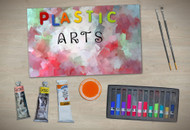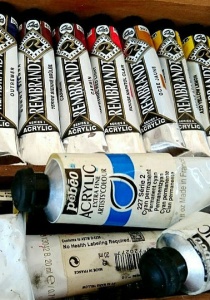Plastics Before Synthetics and the Transformation of the Visual Arts
By on Oct 04 2016
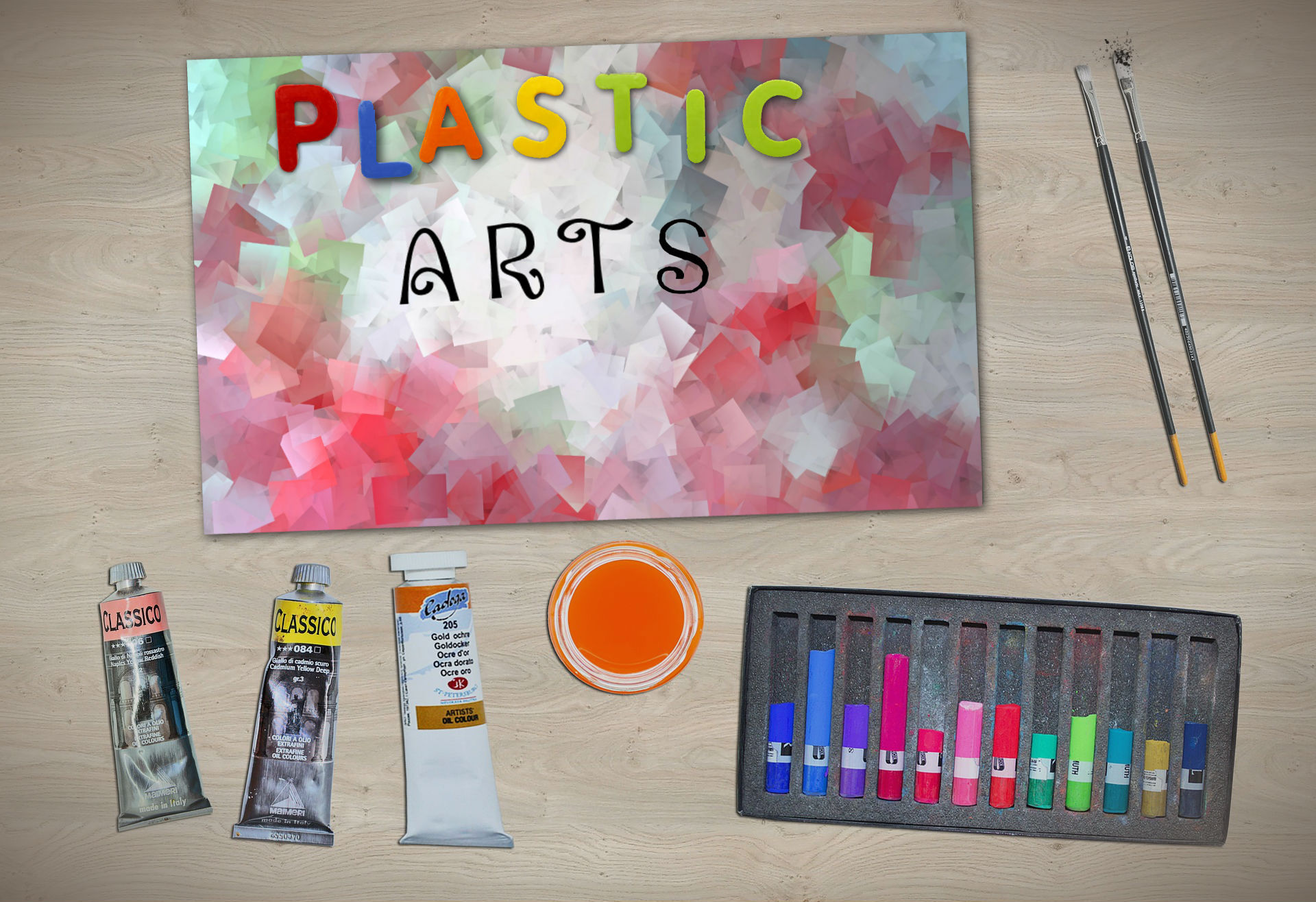
—Every work of art creates its own universe. And whoever speaks of a universe speaks of a whole built up on a space-time net-work. " —
-Etienne Souriau
The development of plastics from the mid-19th century to the present has fundamentally changed the materials of our physical world— and has therefore changed the materials of our created word, as well.
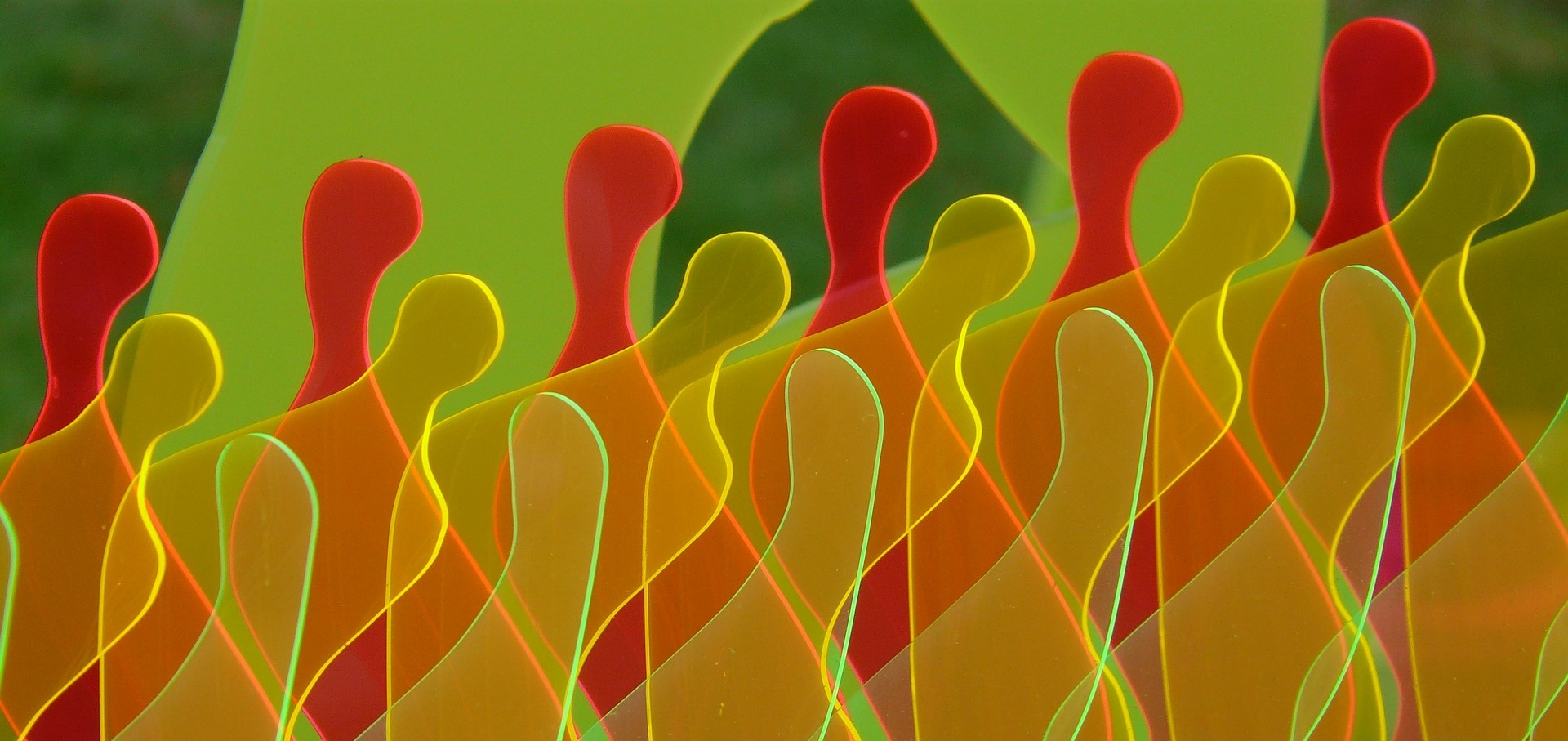
If you look up the modern definition of plastic, your takeaway might be something akin to a synthetic material made from polymers that can be molded while soft and then set into a rigid or slightly elastic form. That's certainly what we associate with plastic— bottles, bags, pipes, and cutlery.
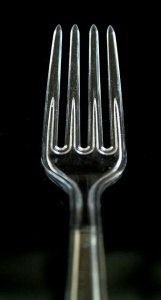
But these synthetic polymers are not the original "plastics".
L.H. Bakeland is credited with coining the term —plastics " in 1909 when he invented the first fully synthetic plastic, bakelite. But before the synthetic stuff was developed, the world was full of natural plastics: not only rubber and gum, but also horn, amber, shellac, and tortoiseshell; all these natural materials can be manipulated by heating.
Plastics have existed before modern "synthetic plastics." —They've always been around.
The word plastic is of multiple origins, borrowing from both Italian (plastica) and Latin (plasticē, plasticus). Plastic's etymons date back to antiquity (a British source shows the Latin plasticus has been used c950 in reference to the creative), although —plastic " is more of a mid-seventeenth century word, defined as —characteristic of molding. " —Plastic as —a substance that is easily moulded or shaped under some conditions but that solidifies as it cools, dries, etc., " has been used since at least the early 19th century.
The Plastic Arts

The plastic arts refer to art forms characterized by the physical manipulation of a plastic medium by molding or modeling, such as ceramics and sculpture. It can also, more broadly, be used to speak of all the visual arts (like painting and photography). If an example of visual art is made with materials that have been molded or modeled in some way, they can be considered plastic art.
It doesn't take too far a stretch of the imagination to see why the plastic arts long preceded synthetic "resin" plastics. Compared to the other workable mediums (ie. components of the natural world that has been undergoing physical manipulation from the beginning), synthetic plastics are incredibly young.
The origins of this art form are prehistoric, going back to the primitive sculptures from the Paleolithic period. The Venus of Hohle Fels, for example, is the oldest, undisputed sculpture of the human form, and is approximately 40,000 years old. The Venus of Berekhat Ram is a much older statue (from between 230-700,000 BCE), but is controversial.
Whether it's prehistoric human effigies, ancient pottery from East Asia, marble sculptures from Greece and Rome, Celtic metalwork, or Venetian glassmaking, the "plastic " arts have been around for more than —thousands of years— and have been incredibly successful and integral to life.
Aesthetics has always been an important aspect of human culture.
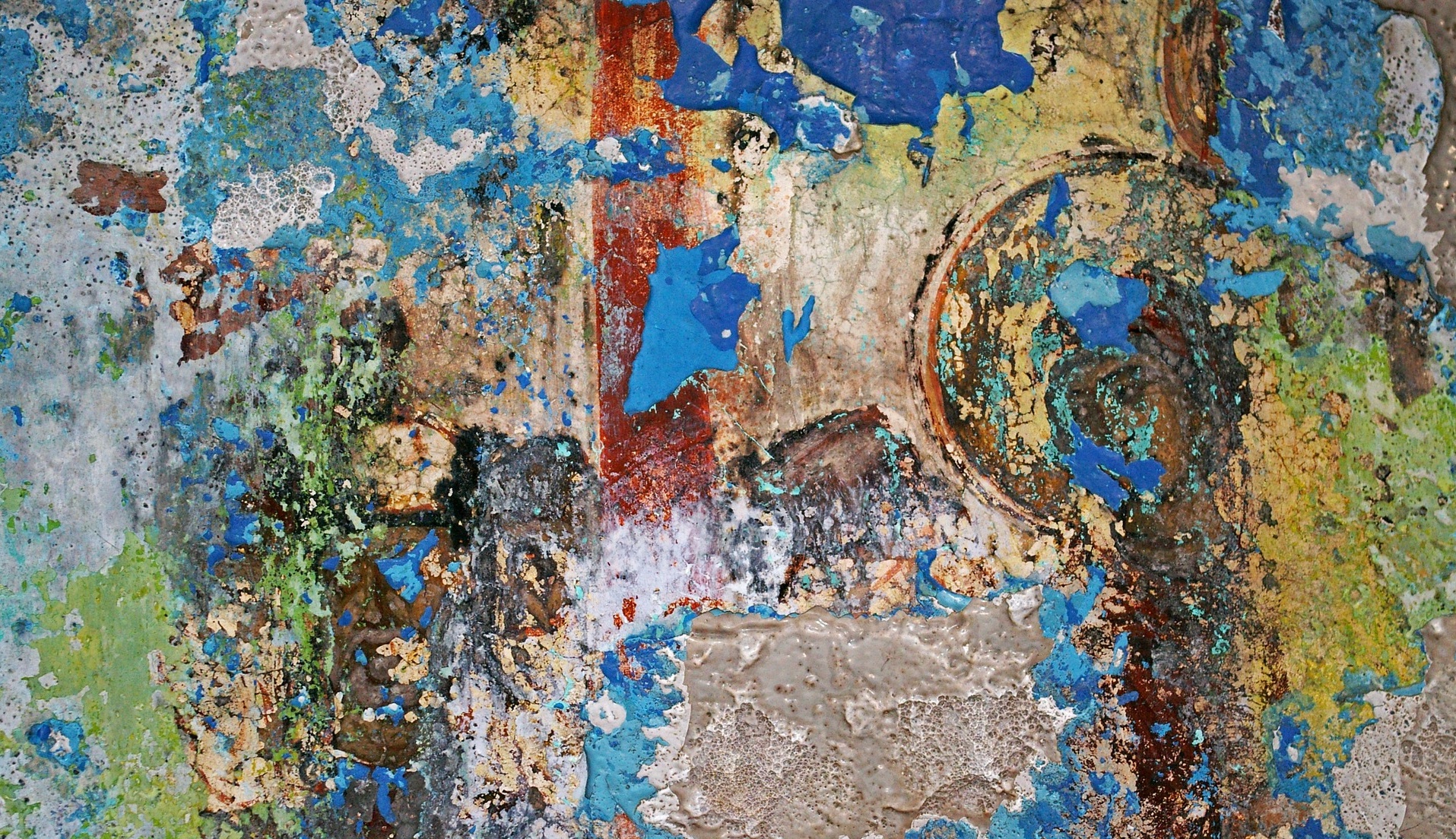
Art is a pivotal force in understanding the values of any particular culture; as a culture is shaped by technology, so is the art.
Various art movements throughout history are indicative of this.
Plastics in Art
Eventually, the plastic arts really did begin to include "th century and became a dominant material. After World War I, and especially after World War II, chemical technology greatly improved and expanded the availability of new plastics on a mass-production level.
Because these synthetic plastics were playing such a large role commercially, their importance seeped into the art world.
In the early twentieth century, new paints and coatings were developed by chemically manipulating hard plastics materials. The scarcity of raw materials due to war increased the attractiveness of such synthetic alternatives. Pablo Picasso used one of the first brands of synthetic paints, called Ripolin.
In the United States, synthetic paints began to replace natural materials in household paints in the 1930s. Synthetic paint didn't take over quite as early in the United Kingdom: British artist Richard Hamilton and the Independent Group advocated the use of modern media to create modern art in the 1950s.
The development of acrylic paints in the late 1940s/early 1950s was to become one of the most significant innovations in artists' materials.
Plastic as Plastic (and Modern Art)
In 1971, the Society of Plastics Engineers published an article on —the value of art to industry. " Within that article, it was noted that artists were using plastics in all sorts of creative ways, and that New York galleries were frequently featuring artists whose work dealt with plastics.
Within only a few decades of plastic's commercial growth, it was already infiltrating the art scene as a medium in and of itself.
The 1968 exhibition —PLASTIC as Plastic " at the Museum of Contemporary Crafts (MCC) was the first major partnership between the plastic industry and the arts. Even exhibitions that didn't have industry support hyped the potential of this remarkable new material the 1960s and early 1970s was a time of great importance in the fusion of plastic and art. These artists are now considered innovators— early adopters working the new technology as it was emerging.
The wave of exhibitions dedicated to plastic died as the 1970s continued. But even though plastic has lost its newness, it hasn't disappeared from the art movement. If anything, the recycling movement has prompted more artists to experiment with plastic (namely plastic bottles) for sculptures.

The Smithsonian's National Zoo —Washed Ashore: Art to Save the Sea" sculptures were made completely of plastic debris collected from beaches (Flickr).
Sources:
https://monoskop.org/images/f/fd/Souriau_Etienne_1...
http://www.metmuseum.org/toah/hd/mome/hd_mome.htm
http://www.visual-arts-cork.com/definitions/plasti...
https://craftcouncil.org/post/business-plastic-pra...


